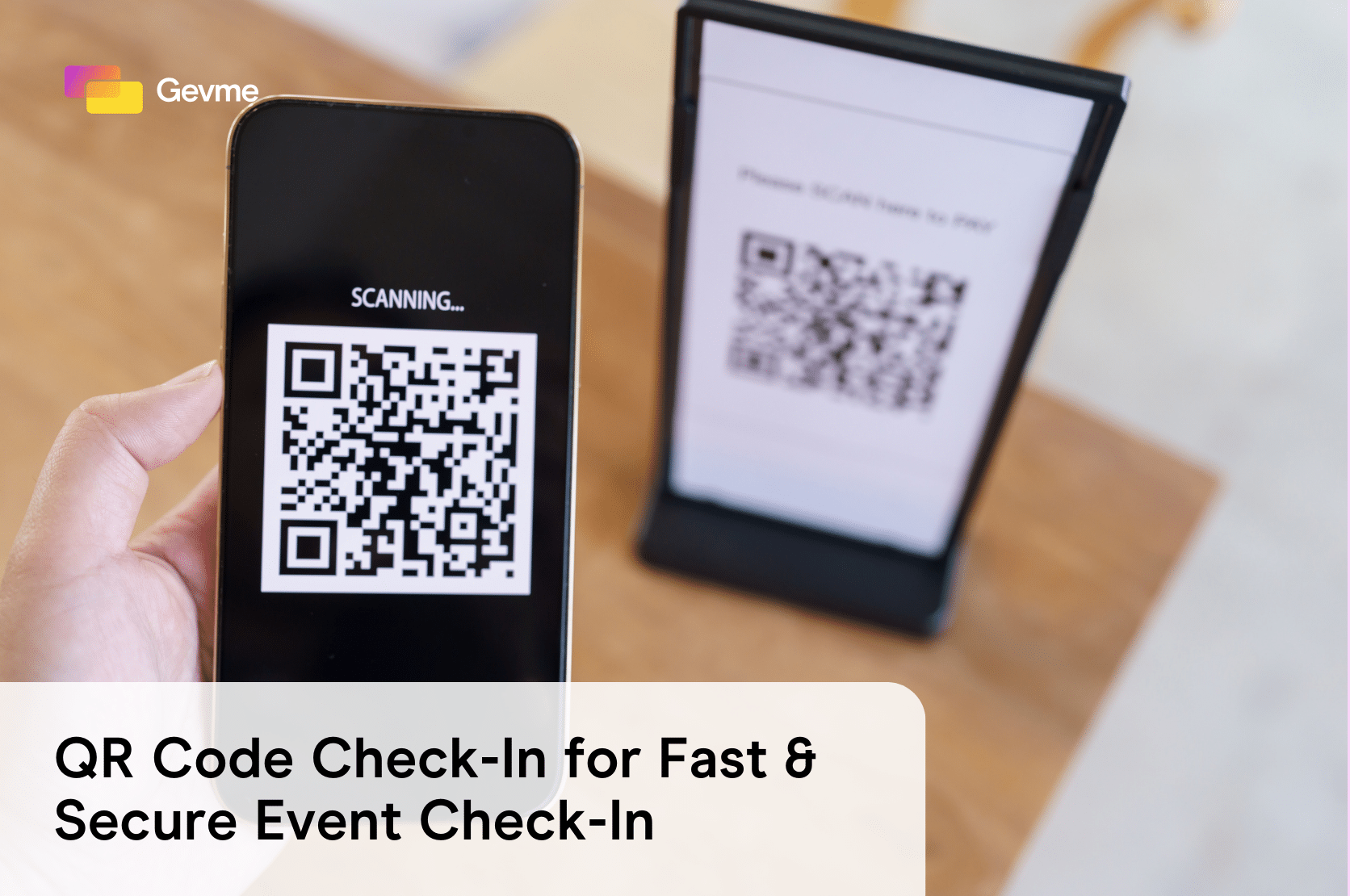Survey participation. Should you be worried about it? Oh yes indeed! Low event survey response rates prevent you from getting accurate data which is essential for future planning. If a respondent sample is small, it would cause your survey results to be biased. Here are a few helpful guidelines to craft your event surveys and improve attendee response rates!
The opening.
First impressions matter. So, be considerate! Let your respondents know how long the survey will take to complete and how their feedback will be used. Be sure to act upon it (what good is a survey if nothing is done to improve things?) Consider conducting your survey anonymously. Participants appreciate anonymity and they would be inclined to answer honestly.
It’s already 2016 guys…

Since we’re always on the move these days, consider optimizing your surveys for all devices. From desktop PCs to mobile devices.
A progress bar.

Always good to know how much longer the survey will take.
“If ya wanna find rabbits, then think like a rabbit”.

Having a well-designed, respondent-friendly survey is imperative. Respondents can tell how much effort and thought has gone into the survey and they respond accordingly. But what if you have a diverse audience? Then your questions should “cast a wider net”. This is to prevent bias survey results.
Keep it simple. Less is more.

Make information easy to understand and preferably without the use of jargons. Leave out questions that only a particular group of people can understand or are familiar with. Remove questions that raise issues that can’t be addressed. Also, leave out “nice-to-know” questions that may provide interesting information but will not contribute to improving things. Lastly, don’t ask questions that you already know the answers to.
Your survey should be short and to the point. Don’t bulk up your survey with unnecessary questions.
The Flow.

Does the sequence of questions make sense? What about the format you are using? Order questions logically but make sure to put your most important questions first.
Open-ended questions or not?

Provide an open-ended question so respondents can share open comments but don’t ask too many open-ended questions as they take longer to complete. Too many open-ended questions might not contribute to the clarity of your survey results. So keep that in mind.
Act on the feedback you receive.

Your survey and its questions will naturally improve whenever you act upon the previous one. Communicating the survey’s results and what was done to the survey audience will boost participation in future surveys.
A “smarter” survey. (Paper surveys, look away!)

Survey Logic. If you can understand and write code, this is the time to shine! Fret not if you don’t because there are a couple of providers that deals with implementing logic namely Surveygizmo and Surveymonkey. Essentially, logic can imbue questions to be relevant to the respondents. It can skip or hide questions and even populate content based on previous responses.
I hope these tips will help you to craft a better survey and get the responses it deserves! Did I miss anything? Comment in the section below. Let us know your thoughts!








